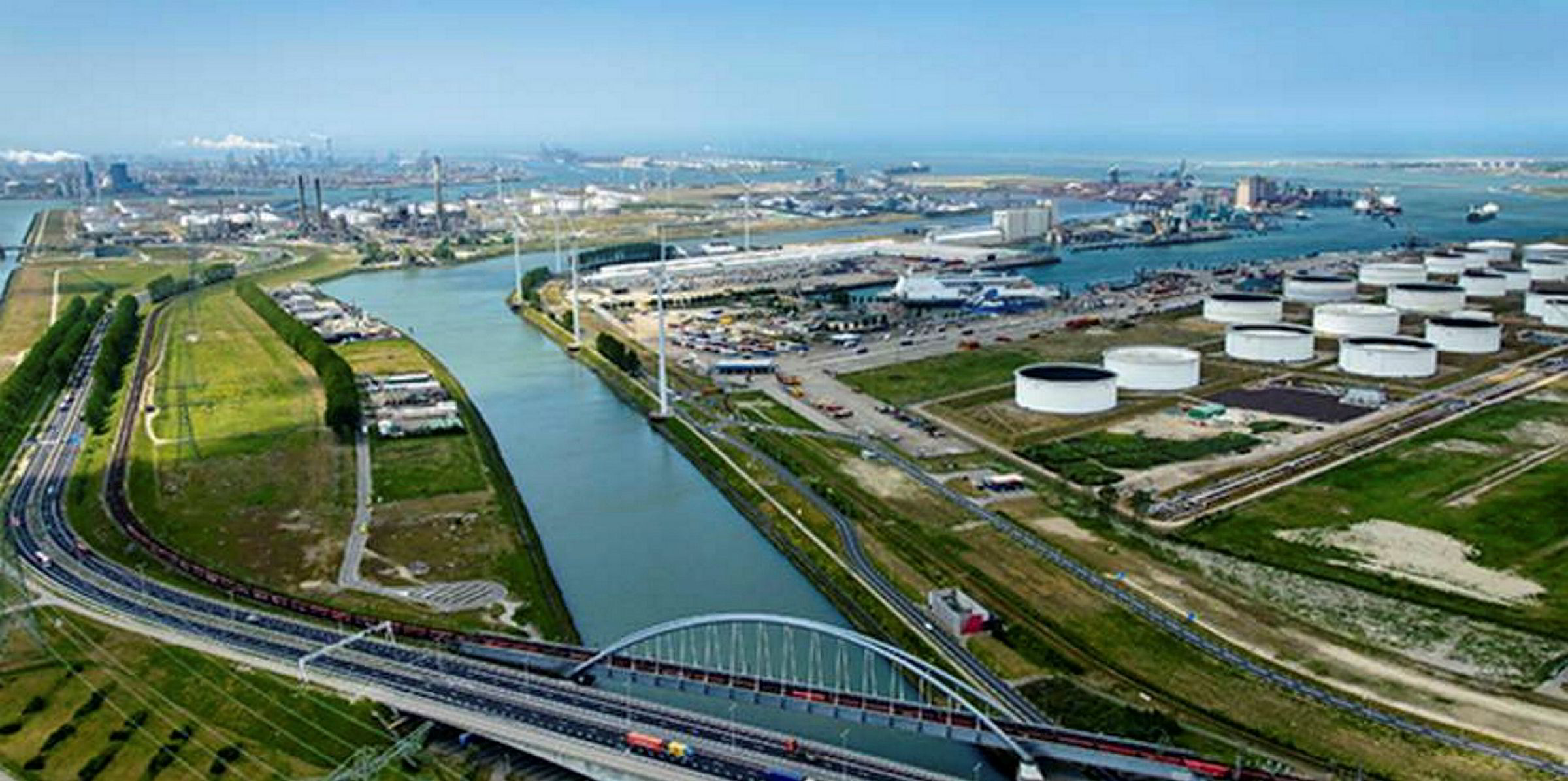Low water levels on the Rhine River have led to increased tanker shipments from Russia to Germany, higher barge costs and a built-up of inventories of oil products in the Amsterdam-Rotterdam-Antwerp (ARA) region.
The river, which runs from Switzerland northwest through Germany, France, and the Netherlands into the North Sea, connects the ARA refinery and petroleum trading centre with inland markets in central Europe.
Serious droughts have caused water levels on the Rhine to fall to historic lows, disrupting barge movements when central Europe starts to build distillates inventories for winter heating demand.
According to the Energy Information Administration, the average water level at Kaub, Germany, near the Rhine’s midway point, was 1.7 feet in October. This compared with the five-year average of 4.8 feet.
Low water levels mean barges can carry less cargo to meet tighter draft restrictions, otherwise they risk becoming stuck and hitting the river bottom, the EIA said.
Faced with the potential shortage in the inland markets, Germany has hiked fuel imports from Russia to Hamburg for further deliveries via rails and trucks.
Based on Vortexa’s estimates, diesel exports from Primorsk to Hamburg reached 140,000 barrels per day in October, a multi-year high.
Voyages from the Baltic port to Hamburg usually take place on MR tankers and last for five to seven days.
In addition, the unit freight cost for river barges have jumped.
Figures from the EIA showed barge rates for carrying distillates from Rotterdam to Basel, Switzerland increased to more than $35 per barrel in late October from $5 in July.
The rates for Rotterdam to Duisburg, Germany rose to over $4 per barrel from $1 in the same timespan.
Faced with more limited outlets, Independently held distillate stocks in the ARA rose to more than 21 million barrels as of October 18—just slightly higher than the five-year average—from 15.7 million barrels in early July, according to the EIA.
“Ultimately, the duration and severity of the disruption will largely depend on the weather,” the EIA said in a weekly note.
“The duration will mainly depend on precipitation because more precipitation in the Rhine River basin will lead to higher water levels and alleviate the shipping constraints.”
“The severity of the disruption will largely depend on temperature because temperatures in the Rhine River valley will affect overall heating oil demand.”




